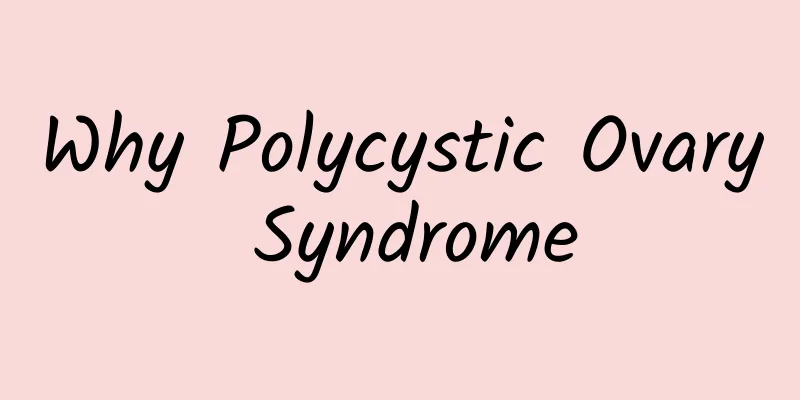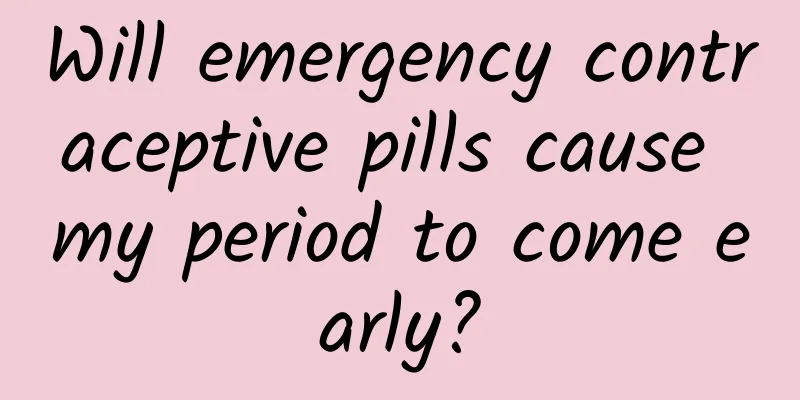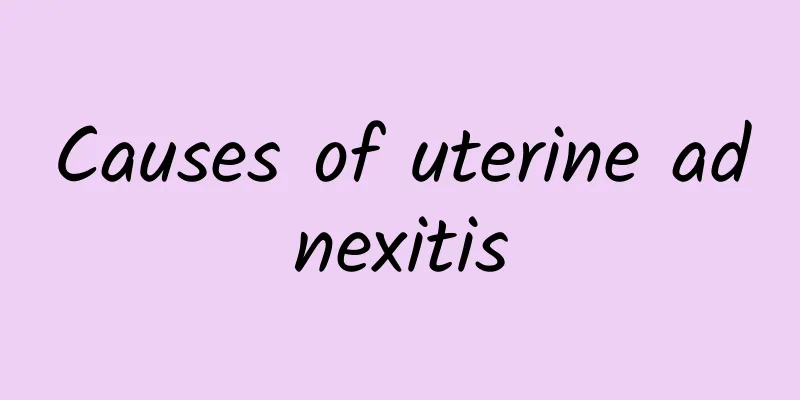Why Polycystic Ovary Syndrome

|
Polycystic ovary syndrome is a common disease caused by complex endocrine and metabolic abnormalities in women of childbearing age. There may be many follicles in polycystic ovary syndrome, but each follicle is relatively small and usually difficult to mature. A typical B-ultrasound usually shows more than 12 echo-free areas with a diameter of 2 to 9 mm on one or both sides of the ovary, arranged in a wheel shape around the edge of the ovary. Normal mature follicles are about 20 mm, while there may be more than ten follicles in polycystic ovary syndrome, each of which may be only a few millimeters or more than ten millimeters, and they will generally atrophy if they do not exceed 15 mm. Symptoms of Polycystic Ovarian Syndrome During a gynecological B-ultrasound examination, multiple immature follicles can be found in the ovaries. Growth hormone measurements will show that the level of luteinizing hormone is higher than that of follicle-stimulating hormone, indicating a disorder of hormone secretion. If a woman wishes to become pregnant, she must first undergo a comprehensive treatment approach, including controlling her diet, exercising, and taking medication, to regularize her menstrual cycle and allow her ovaries to ovulate normally. Polycystic ovary syndrome is a disease caused by endocrine disorders, which is usually manifested by symptoms such as menstrual disorders, prolonged cycles, scanty menstruation, amenorrhea, infertility, hirsutism, obesity, hyperandrogenism, and insulin resistance. After sexual intercourse during the ovulation period, the egg and sperm can combine to develop into a fertilized egg, which is then transplanted into the uterine cavity for implantation, growth, and development, so that women can become pregnant normally. How to treat polycystic ovarian syndrome The treatment of PCOS is mainly based on the characteristics of the patient's lesions and her requirements. First of all, we need to adjust our lifestyle, which mainly refers to controlling weight and increasing physical exercise. We need to adjust the structure of our diet. Proper exercise is very helpful for the treatment of PCOS. If the weight can be reduced by 10%, it will have a very significant clinical significance for promoting ovulation. The second point is to adjust the menstrual cycle. Oral contraceptives or progesterone can be used. The second half helps to adjust the menstrual cycle, correct the high androgen in the body, and improve the clinical manifestations of high androgen. In addition, women who have fertility requirements can undergo ovulation induction treatment. Commonly used drugs include clomiphene, letrozole and gonadotropin. |
<<: How to treat right ovarian polycystic changes
>>: Can I get pregnant with bilateral polycystic ovaries?
Recommend
Pregnant women with abnormal leucorrhea and back pain
Abnormal vaginal discharge accompanied by lower b...
Treatment principles for menopausal syndrome
What are the treatment principles for menopausal ...
Do you know what causes cervical erosion?
Cervical erosion is not an independent disease, b...
Dietary therapy for auxiliary treatment of cervical erosion
If cervical erosion is not treated in time or is ...
Do multiple uterine fibroids require surgery? Treatment methods for multiple uterine fibroids
Multiple uterine fibroids can cause women's o...
A must-have for losing weight in spring! Just follow the weight loss menu
Maybe it’s because everyone is getting older and ...
What is the best method for abortion? Let's take a look at it together.
If you choose medical abortion, it should be five...
Understand the causes of ectopic pregnancy
Understand the causes of ectopic pregnancy . Ecto...
Why are frozen berries linked to hepatitis A? Can frozen fruits still be eaten? Nutritionists say...
The Food and Drug Administration recently announc...
What is cervical cyst?
What happens to cervical nabothian cyst? Clinical...
Understand the causes of ectopic pregnancy
Understand the causes of ectopic pregnancy . The ...
What are the abortion pills and what are the dangers of abortion pills?
There are always some girls who fail to protect t...
What are the preventive measures for postpartum vaginitis?
What are the preventive measures for postpartum v...
Can I eat potatoes after a miscarriage? Yes
Abortion is very harmful to female friends' b...
The most typical symptoms of patients with cervical hypertrophy
Cervical hypertrophy is also a common gynecologic...









